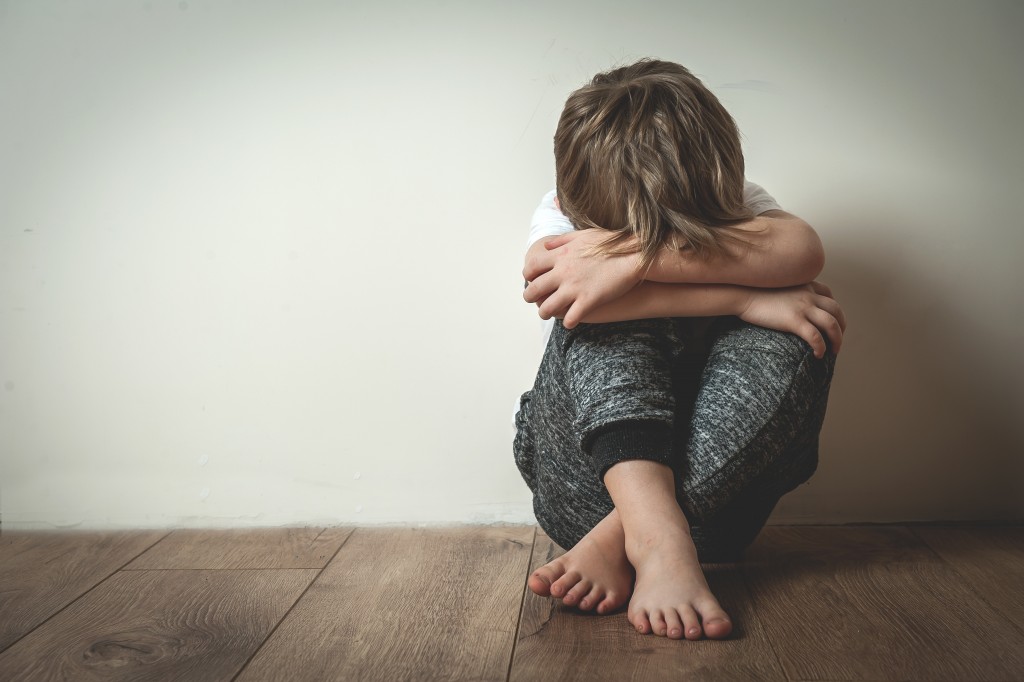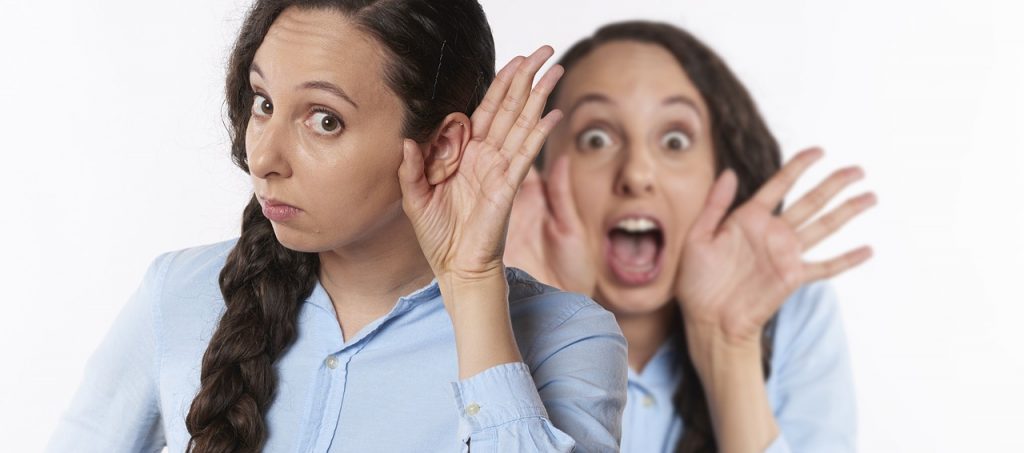According to statistics, 264 million people suffer from depression. The occurrence of traumatic events such as the unexpected death of a family member, chronic illness, and divorce is the primary cause of depression. However, very much alike, depression is different from grief.
The Diagnostic and Statistical Manual of Mental Disorders says that a person is diagnosed with depression when hopelessness lasts for more than 2 weeks. If not taken care of, it may lead to mental illness and other devastating consequences. Antidepressant drugs and ketamine treatment are recommended.
What Are the Symptoms of Depression?
These can affect men, women, and children.
- Feeling of emptiness
- Loss of pleasure of doing things they used to enjoy
- Self-harm
- Lethargy and fatigue
- Lack of sexual desire
- Agitation and irritability
- Insomnia and excessive sleep
- Inability to concentrate and memory loss
- Body pain and digestive problem
- Reduced or increased appetite
- Mood swings
Why Don’t People Seek Help for Depression?
The 2014 data shows that less than half of Americans suffering from depression don’t get the proper treatment. People with depression think that they created the mess, making them feel ashamed of sharing it with others. They are afraid that people will judge and criticize them, which is one of the major barriers to getting help. Other reasons include limited health insurance, worrying about neighbors’ opinions, busyness, and the belief that they can handle it independently.
Nine Types of Depression
Major Depression
This affects 16.2 million American adults. People with major depression feel alone and empty even though beautiful family members and friends surround them. Despite a promising job, they still feel dissatisfied, making them feel worthless.
Persistent Depression
The symptoms of persistent depression come and go. They worsen then become less intense. It lasts for two years or more that people take it as a normal part of life. Often, it is associated with constant worry and anxiety, affecting the quality of life.
Manic Depression
This is also known as bipolar disorder. People suffering from it experience hallucination and hyponia or intense happiness and depression afterward. The other symptoms include insomnia, racing thoughts, irritability, and excessive self-confidence.
Depressive Psychosis
This is the severe version of major depressive disorder. It involves frequent hallucination and delusion that the person already loses touch with reality. They may hear voices or see strange things that aren’t physically present.
Perinatal Depression
It occurs during pregnancy due to hormonal imbalance, lack of sleep, and stress. Women without a supportive family or had depression issues before are at high risk of developing perinatal depression.
Premenstrual Dysphoric Disorder
This is the acute version of PMS caused by hormonal imbalance. Women with PMDD experience long periods of sadness and hopelessness with body pain and headaches.
Seasonal Depression
When the season changes, so does the weather. This disrupts the circadian rhythm, resulting in seasonal depression.
Situational Depression
The sadness that comes with situational depression may go out of proportion making the person withdraw from social situations, which interferes with their daily lives.
Atypical Depression
A lot similar to major depression with features that go away in response to positive circumstances, making one believe they were fine.
Treatments for Depression
Pharmacological Treatment
Antidepressant drugs are the most common treatment. After just 2 to 4 weeks, the patient may see improvements in their mood and attitude. But it may have side effects in the first few weeks of consumption, such as negative and suicidal thoughts. They gradually reduce, though. Stopping the medication after feeling better can worsen the patient’s condition, so it’s best to follow a health professional’s prescription.
Psychotherapy
This has two major types that include:
Cognitive-behavioral Therapy (CBT)- aims to change and improve the behavior pattern. Patients with depression suffer from poor self-image and view of the world. Cognitive-Behavioral Therapy determines the causes of negative mindset to prevent depression relapse.
Interpersonal Therapy (IPT)- eliminates the symptoms of depression and improves the patient’s social life within a time frame.
Electroconvulsive Therapy (ECT)- this is recommended for patients who are already drug-resistant and at high risks of suicide and psychotic features.
Cannabidiol (CBD)- despite scientific evidence, CBD is gaining popularity as a depression treatment. More research is conducted to evaluate its potential as a natural treatment, though.
Almost 800,000 people die of suicide each year, and the number keeps growing. If you know someone suffering from depression, don’t hesitate to reach out, and you may save a life. Help them seek the assistance of a professional who can provide the best solution.








